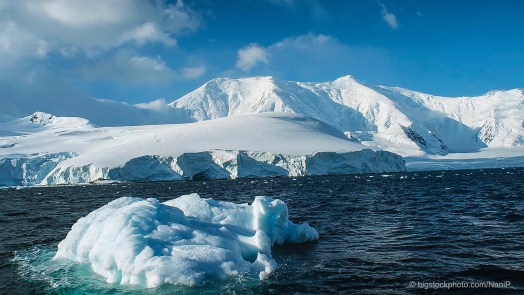
Last week (January 13-15), we talked about the electron structures of oxygen and nitrogen and the importance of those elements for life. One additional design feature is the electron orbitals of oxygen and nitrogen, which is the shape of the electron paths around the nucleus.
Electrons do not revolve around the nucleus in simple circles but rather in geometric paths. For example, the oxygen atom has two electrons that orbit the nucleus in a circular pattern. A little further out and at a higher energy level, two more electrons move in a circular path. Oxygen has eight electrons, and the four electrons in the last energy shell, the valence shell, have a different orbital.
In the third energy level, the orbitals of the four electrons have figure-eight paths at right angles to each other. This figure-eight pattern has two electrons isolated from the other two and each at right angles to the other. That arrangement enables the oxygen atom to form an essential polar molecule.
When an oxygen atom combines with two hydrogen atoms by covalent bonding, they form a molecule of water, H2O. The water molecule has the two hydrogen atoms positioned at one end, making it positive, while the other end of the water molecule is negative. This polar structure gives water its unique properties. For example, water expands as it freezes, causing ice to be lighter than the liquid form. Because of that, ice floats on the surface of a lake instead of sinking to the bottom and freezing the entire lake, killing all marine life. The polar nature of water also allows it to dissolve minerals.
With its seven electrons, nitrogen has five valence electrons moving at right angles to each other, allowing it to form critical organic compounds. For example, nitrogen bonds covalently with three hydrogen atoms to form ammonia which has properties very different from water. Nitrogen’s ability to form three bonds makes possible the structure of the DNA in our cells.
This very simplified description of the atomic design of chemistry gives a small glimpse of the wisdom of design God put into the electron orbitals of oxygen and nitrogen. The Master Chemist designed the structures of atoms to allow life to exist in an incredible number of forms and thrive in a wide range of environments.
— John N. Clayton © 2022





